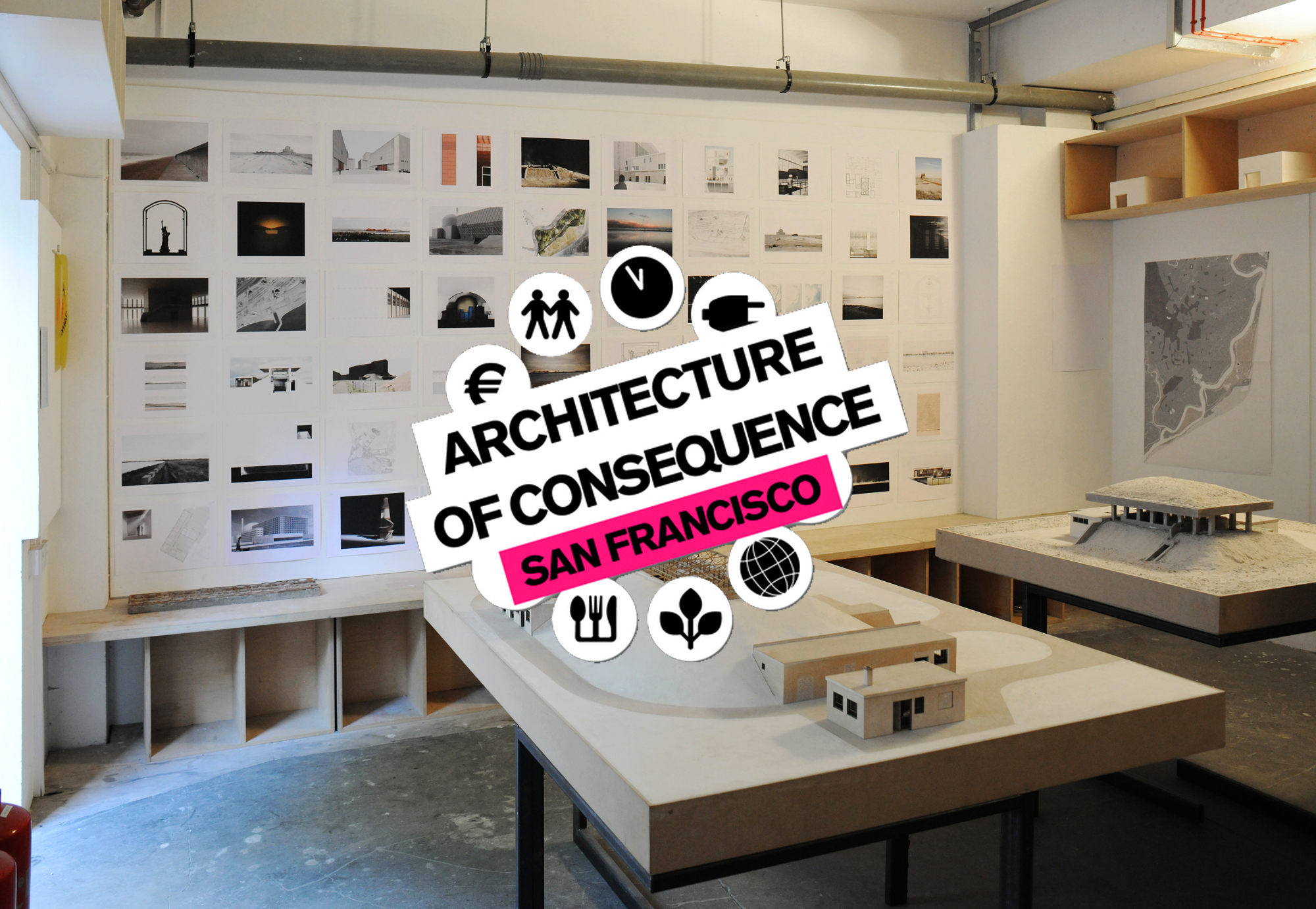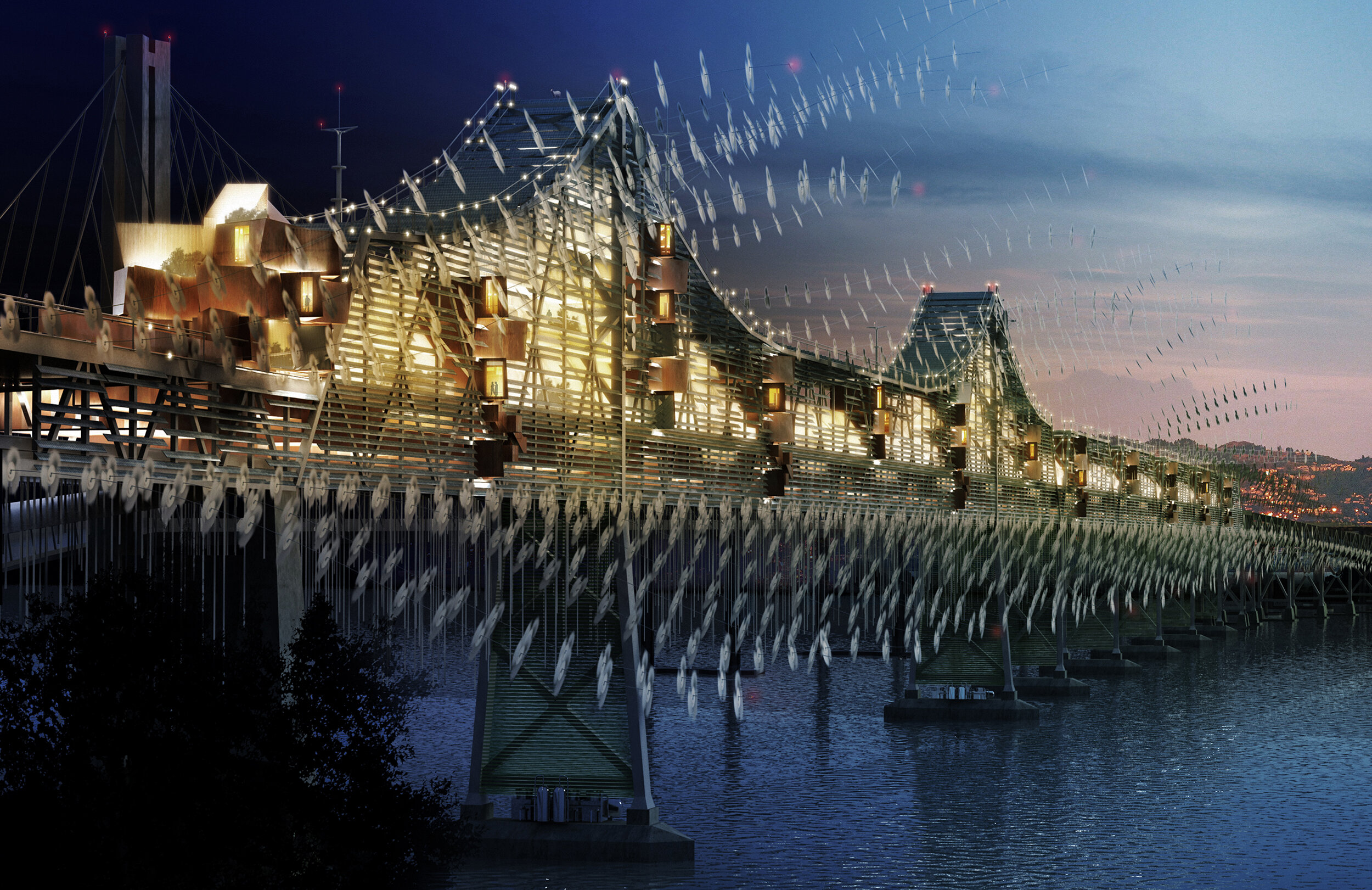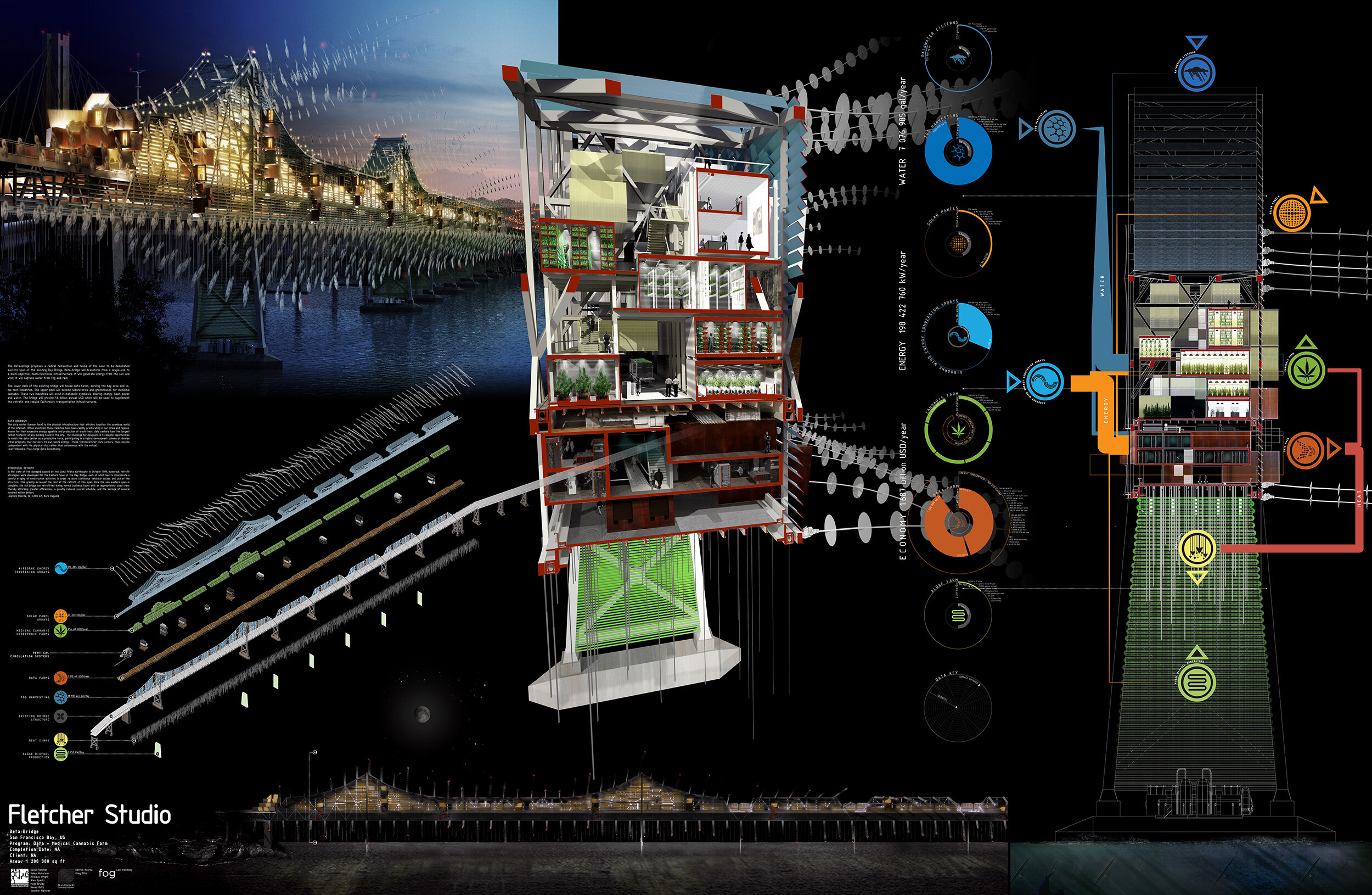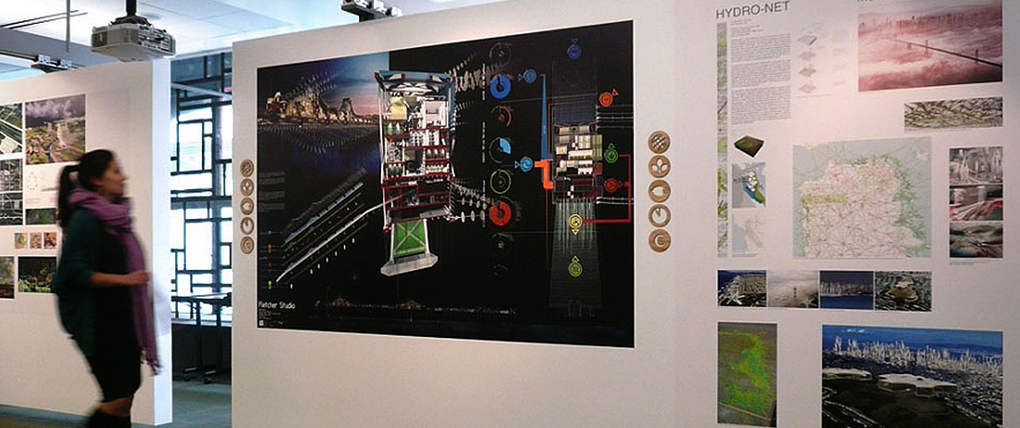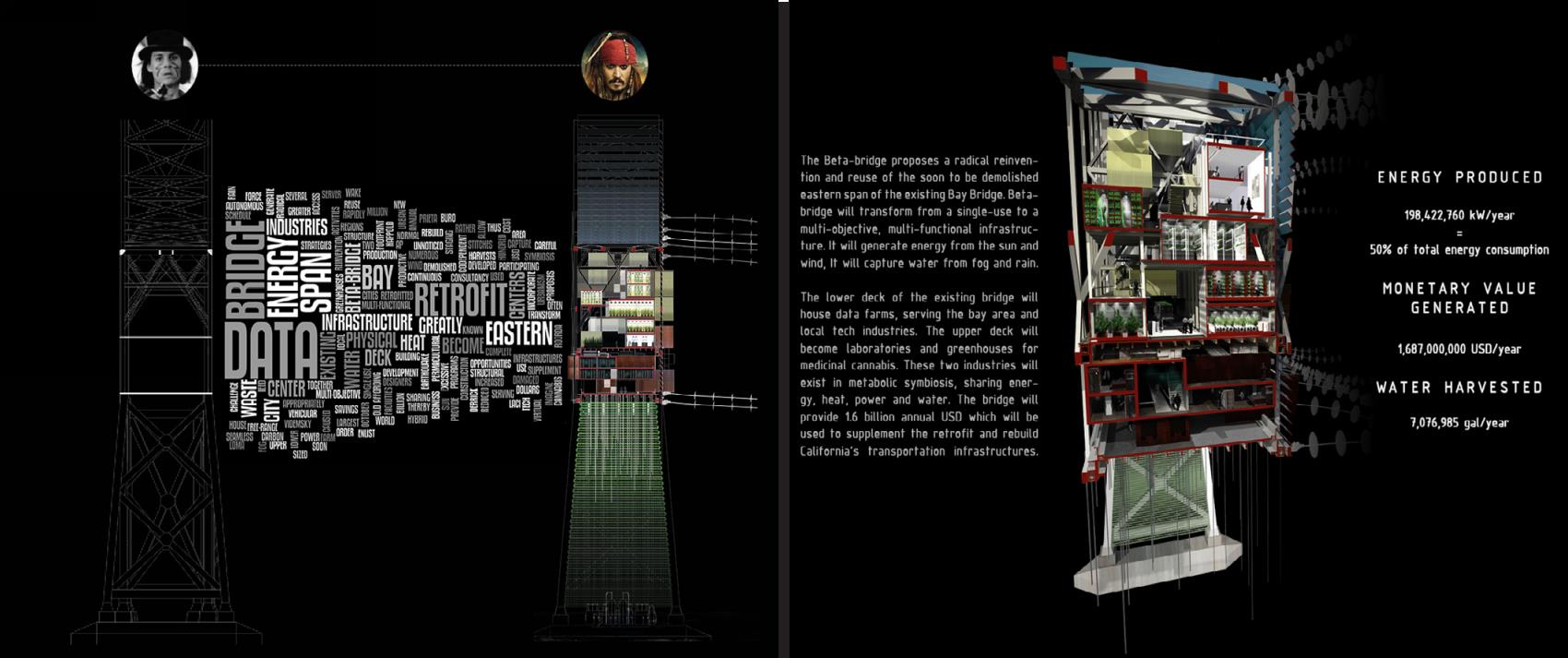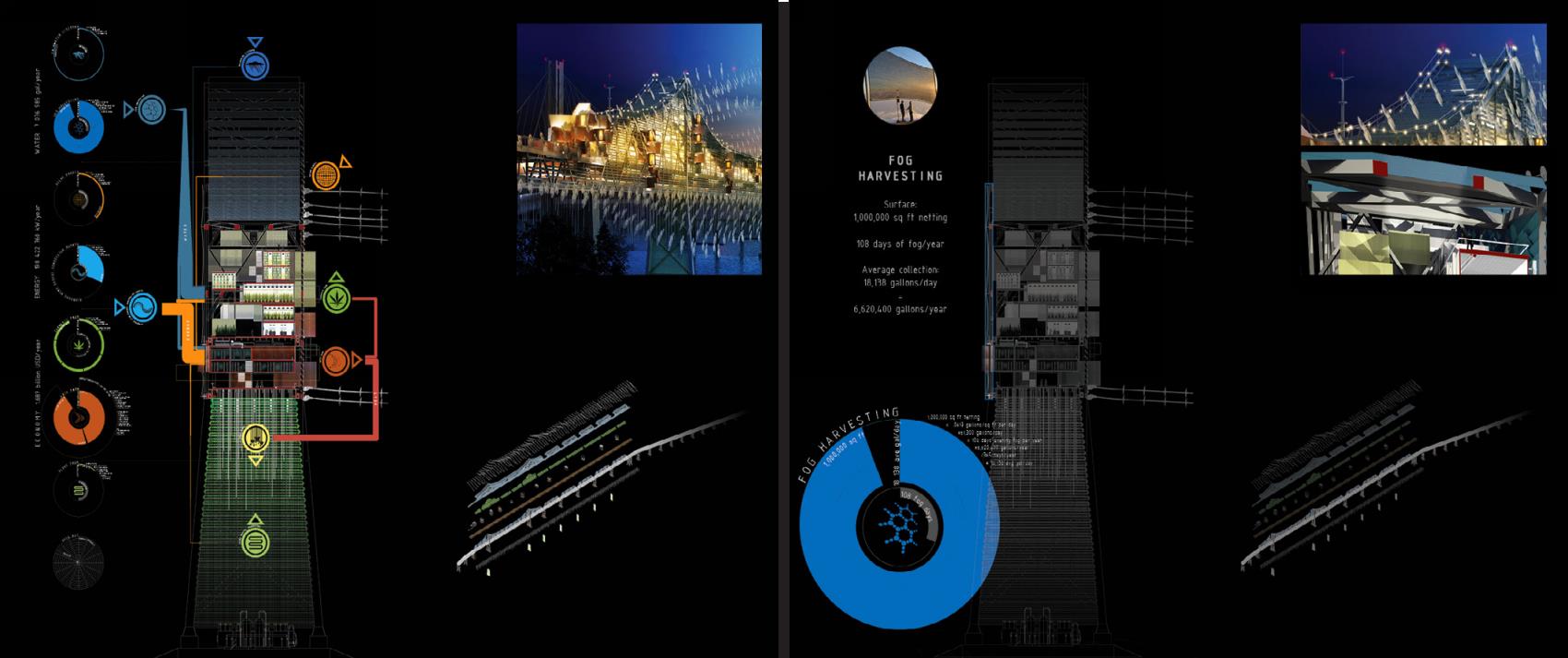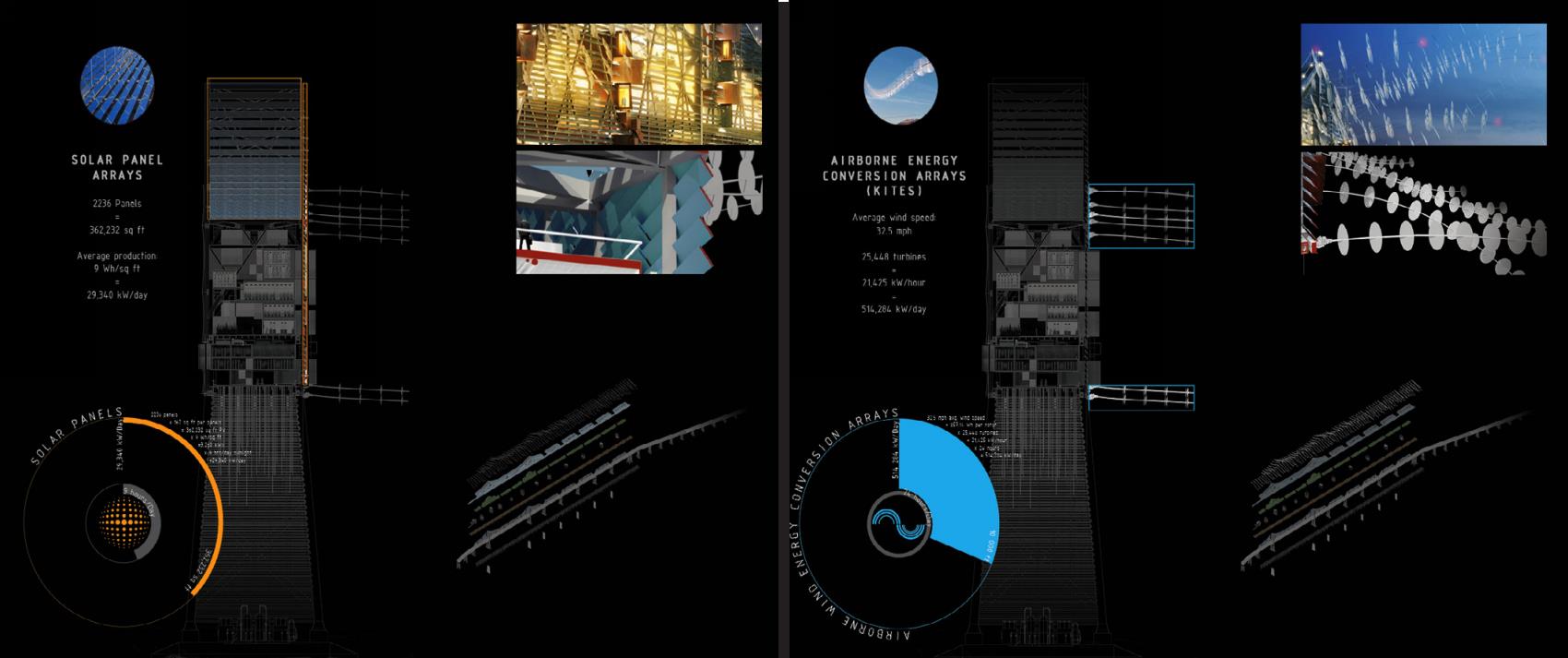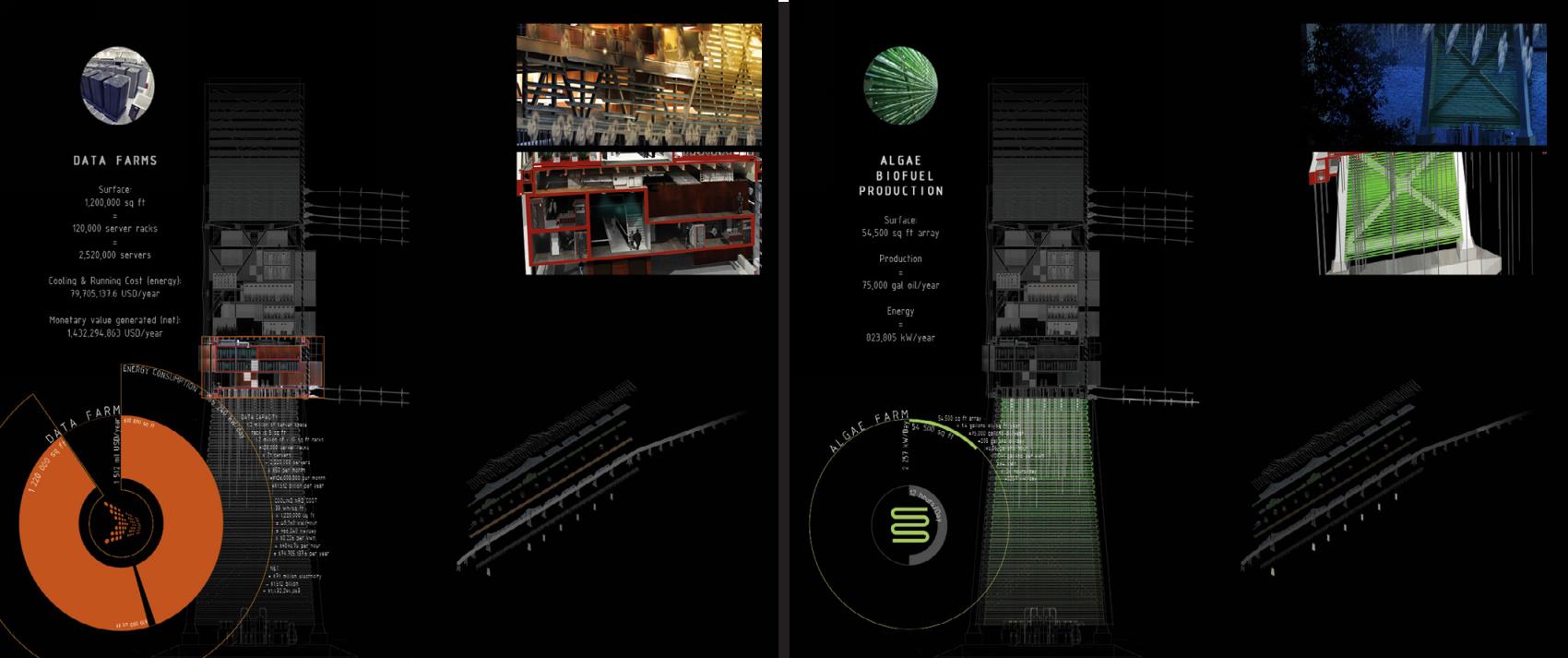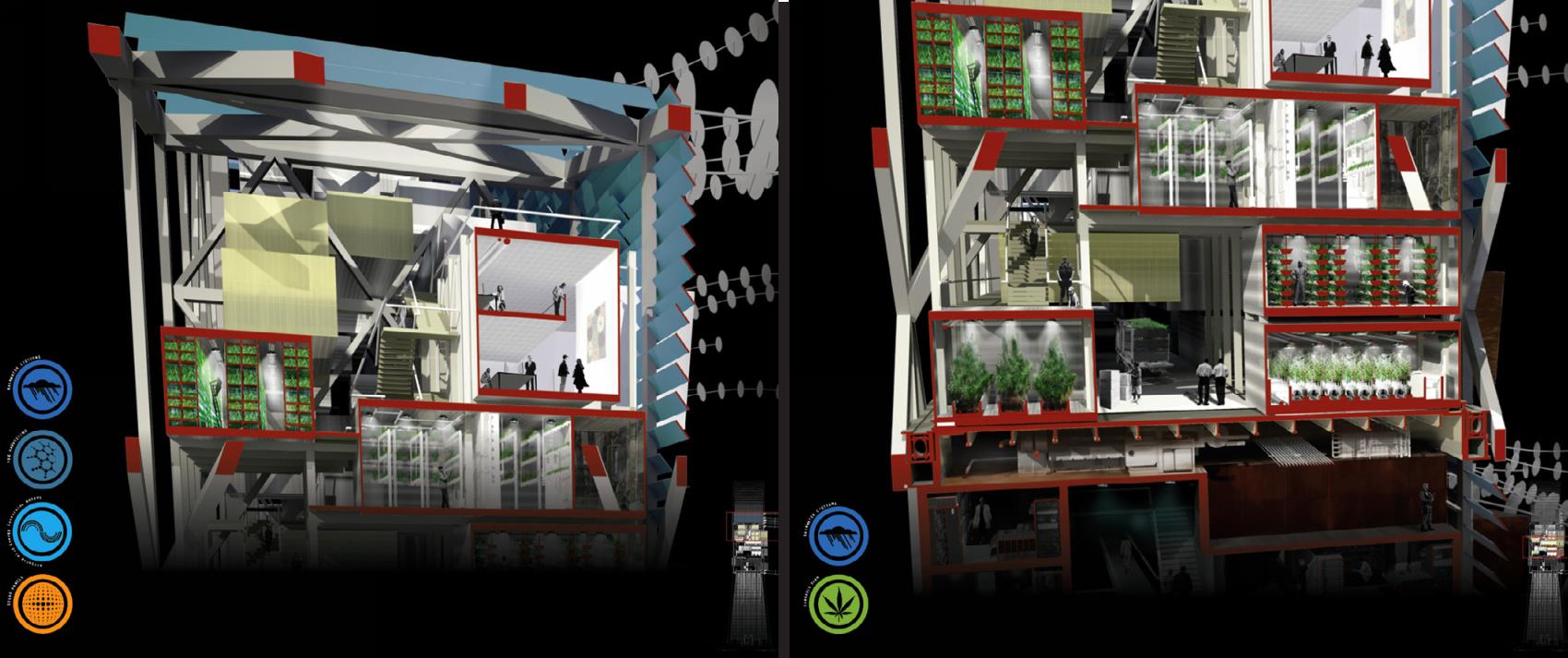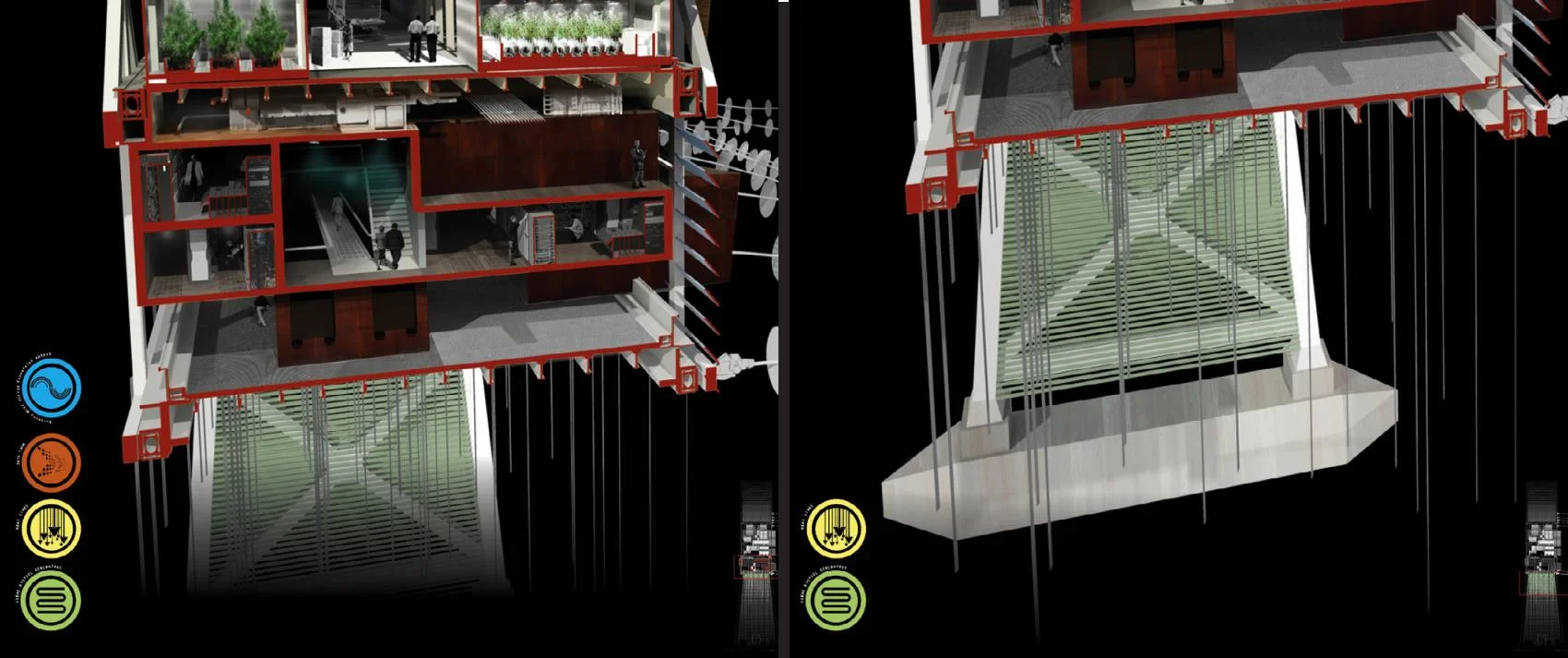Beta Bridge
Architecture of Consequence
Curated by Dane Jensen
The Architecture of Consequence San Francisco is a collaboration with the Netherlands Architecture Institute (NAI) and the Architecture Institute of America, San Francisco. Initially conceived by the NAI in 2009 for the São Paulo International Architecture Biennial in Brazil, Architecture of Consequence: Dutch Designs on the Future exhibition has been presented in multiple locations around the world. This latest iteration, in San Francisco, is the first to add content to the exhibition, with the inclusion of new work by four Bay Area architecture firms. In doing so the hope is to advance this innovative agenda and reveal how architects can practice in new ways that reinvigorate the field and reposition architects at the vanguard of social change. From modest interventions to utopian visions, the firms participating in this exhibition express an admirable confidence in our shared future. The result is a unique portfolio of progressive design strategies and demonstrable evidence that architects hold the creative vision needed to reshape our future.
The Beta-bridge proposes a radical reinvention and reuse of the soon to be demolished eastern span of the existing Bay Bridge. Beta-bridge will transform from a single-use to a multi-objective, multi-functional infrastructure. It will generate energy from the sun and wind, It will capture water from fog and rain. The lower deck of the existing bridge will house data farms, serving the bay area and local tech industries. The upper deck will become laboratories and greenhouses for medicinal cannabis. These two industries will exist in metabolic symbiosis, sharing energy, heat, power and water. The bridge will provide 1.6 billion annual USD which will be used to supplement the retrofit and rebuild California’s transportation infrastructures.
The data center (server farm) is the physical infrastructure that stitches together the seamless world of the internet. Often unnoticed, these facilities have been rapidly proliferating in our cities and regions. Known for their excessive energy appetite and production of waste heat, data centers have the largest carbon footprint of any building found in the city. The challenge for designers is to imagine opportunities to enlist the data center as a productive force, participating in a hybrid development scheme of diverse urban programs that harvests its own waste energy. These “permacultural” data centers, thus, become codependent with the physical city, rather than autonomous with the virtual.

